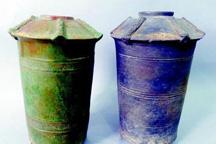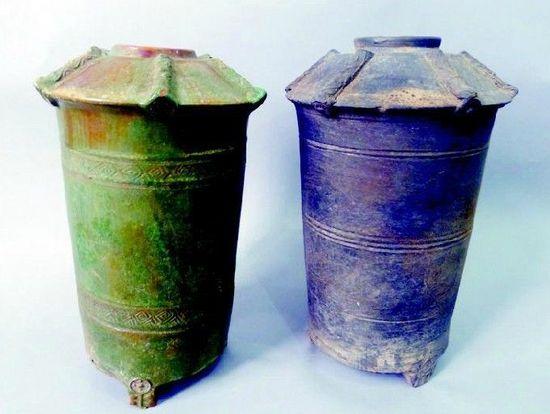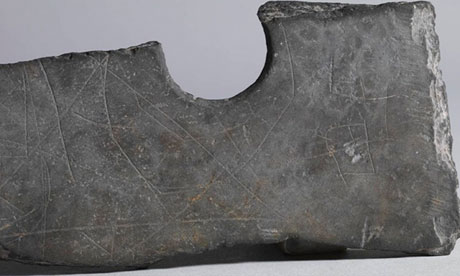LANZHOU, July 24 (Xinhua) -- At a 20-square-meter lab in the Gansu provincial cultural relics research institute, archaeologists have restored a 2,000-year-old cart that was unearthed in a tomb cluster along the Silk Road.
Caked with clay, the wooden cart was embellished with gold, silver and copper foil patterns. It is typical of a vehicle structure dating back to the Warring States Period (475-221 BC).
"It's amazing that the metal accessories are still shiny after 2,000 years," said Yang Xiaolin, a researcher with the National Museum of China.
The cart was among the items buried at the Majiayuan Graves in Muhe Township, Zhangjiachuan Hui Autonomous County in northwest China's Gansu Province. Since the excavation began in 2006, archaeologists have discovered 60 tombs and sacrificial pits with 44 carts there, making the site one of the ten most important excavation projects of that year.
Wang Hui, chief of the Gansu provincial cultural relics research institution, said the luxuriously decorated carts mean the owner of the graves was nobility among the Xirong, a local tribe.
Before the discovery of the graves, archaeologists knew little about the Xirong, who are believed to have lived in the western part of China, except where recorded in historical files. The ruins of the graves have provided vital evidence for unraveling the mystery of the ancient tribe.
Since 2010, the institution, in cooperation with archaeological departments under Cambridge University, Peking University and the Shaanxi Provincial Archaeological Institution, started repairing and restoring some of the items found at the grave site in the lab at the provincial cultural relics research institute.
Experts determined that the technology and the shape of the cart, as well as other items buried at the graves, had actually originated in the West, indicating that cultural integration had already occurred there 2,000 years ago.
The metal embellishments, such as patterns of tigers and bighorn sheep, are emblematic of the northern prairie culture. It has also been confirmed that the materials for the carts came from what is now known as the Altai region in Russia, and the tradition of burying glasses, as well as bowls, pitchers and other vessels made of gold and silver, in graves also came from the West, according to Wang.
Cultural elements from the northern prairie, the West, the Xirong and the Qin, a power that defeated other powers during the Warring States Period and later established Qin Dynasty in 221 BC, can be found among the buried items, Wang said.
He said they also found gem-mounted items in the graves, a technique that spread from the southern prairie region of Russia.
Grains unearthed, such as barley and wheat, also indicate that the Xirong had connections with nomads from the West and the north.
Based on these discoveries, it is believed that the Xirong tribe was a major intermediary between Eastern and Western cultures. During the Warring States Period, Xirong people exchanged not only goods with the outside world, but had also integrated some of foreign customs into their lives.
"The graves have helped us learn the history of the Xirong that had been lost for nearly 1,000 years, and also provided new information for getting a better understanding of the culture in the southeastern part of Gansu, as well as the cultural connections between the Xirong and the Qin," Wang said.
The tomb cluster was a stop on a ten-day journey that started on July 15. The campaign, launched by Xinhua News Agency, is intended to raise public awareness of the importance of preserving cultural heritage on the ancient Silk Road, a 7,000-km-long pathway created by camel-driving merchants who carried silk and porcelain to Western Europe and spices to the Far East 2,000 years ago.
Supported by UNESCO, the "Cherish Dunhuang" campaign will take professional journalists, researchers and citizen journalists on an exploratory journey to major natural and culture heritage sites along the Silk Road, including the Maijishan Grottos (Wheat Stack Hill), Jiayuguan Pass and the Mogao Caves at Dunhuang.















 Play Video
Play Video
